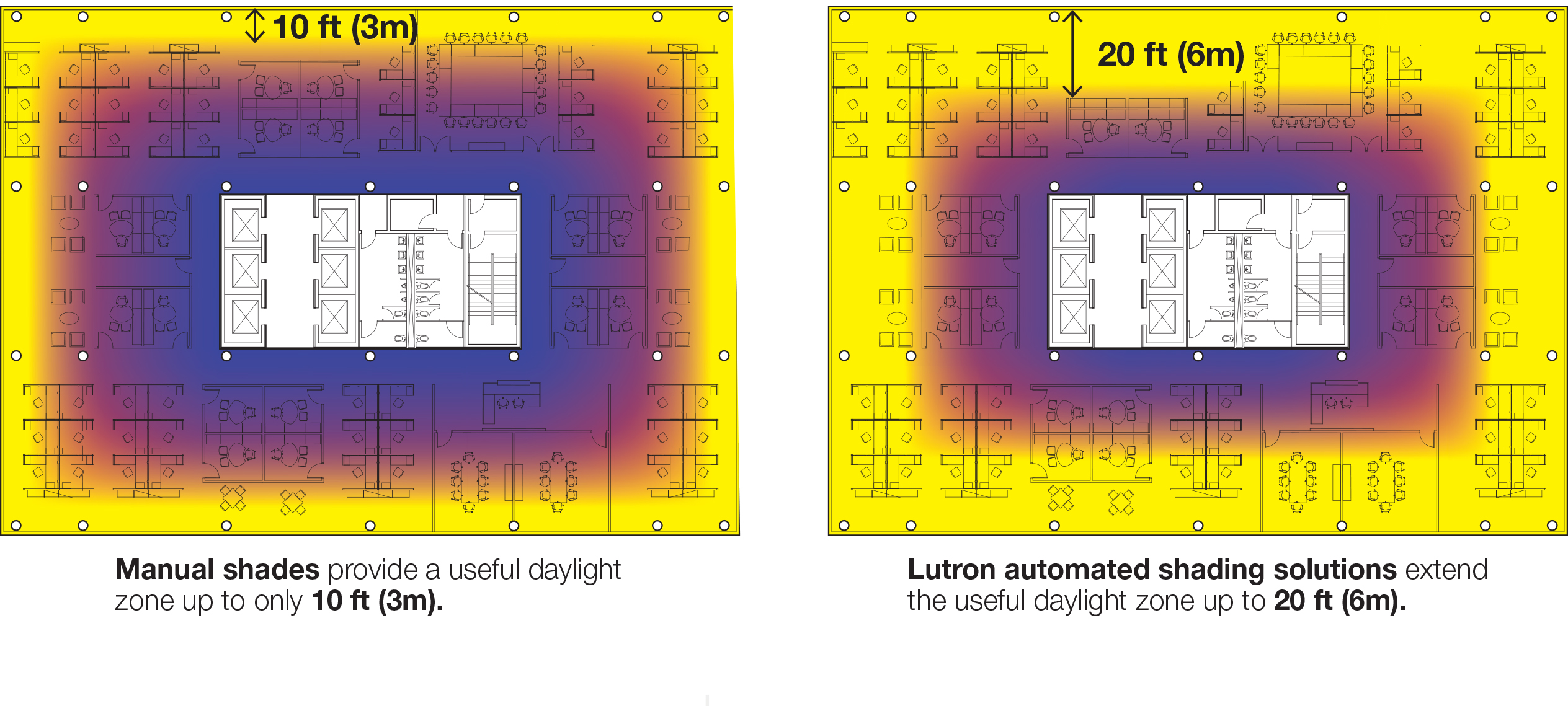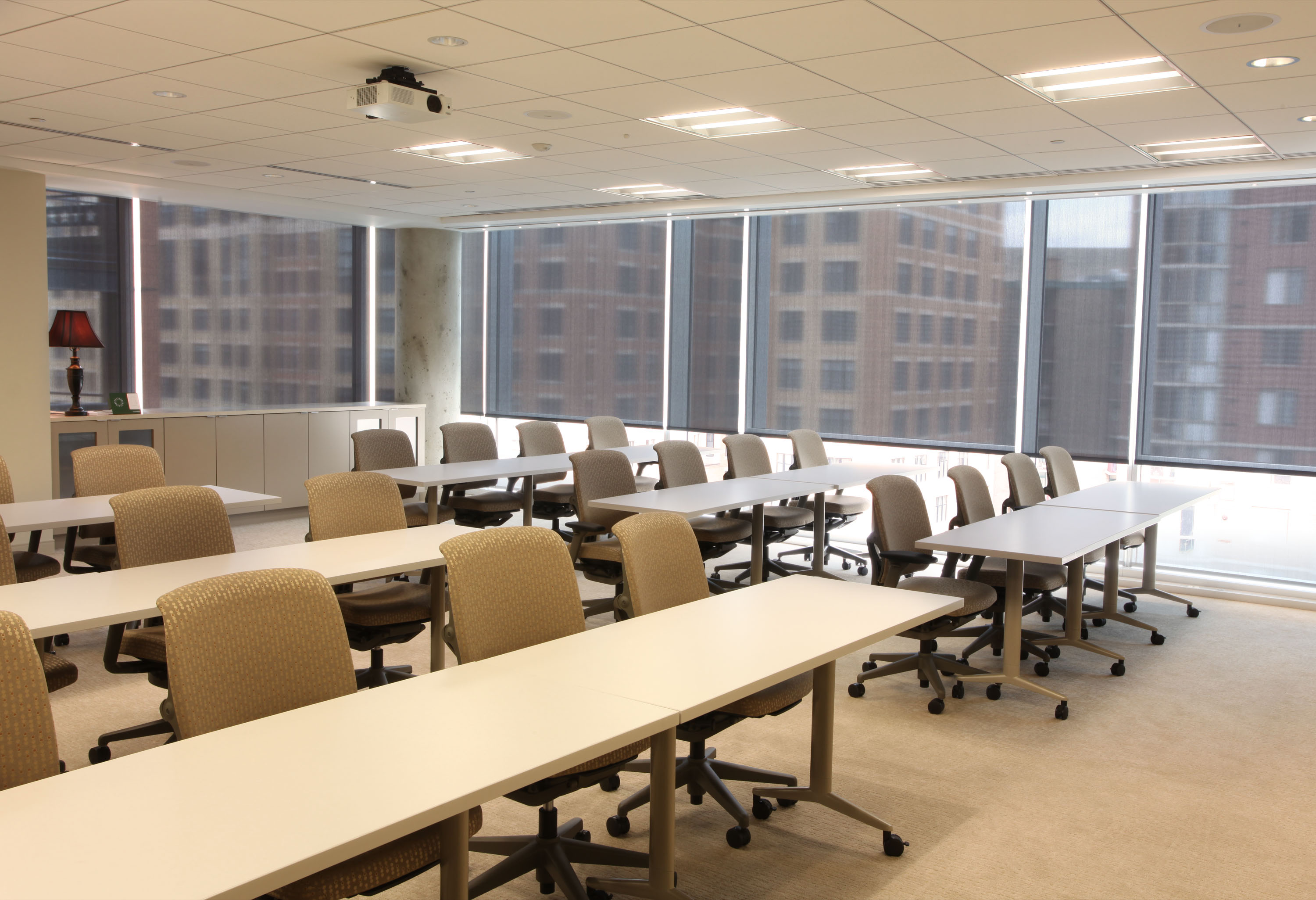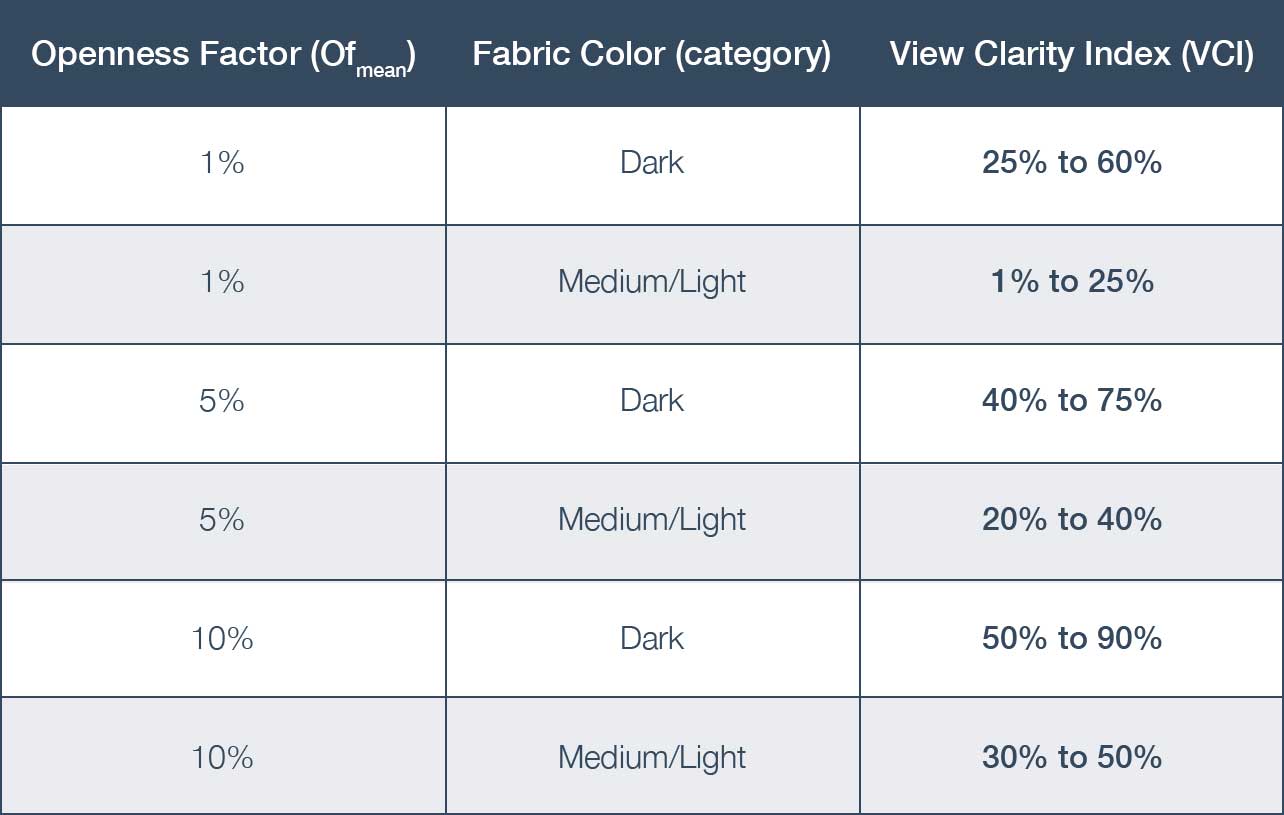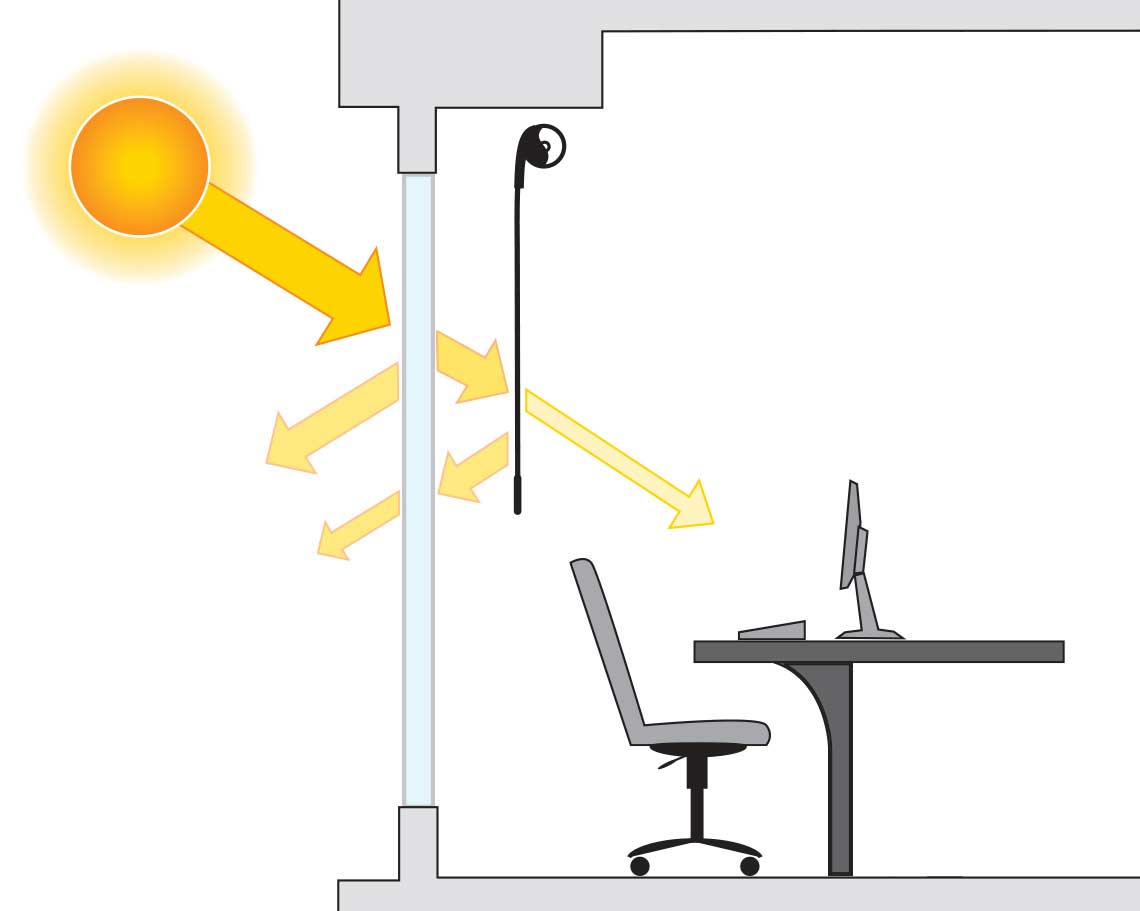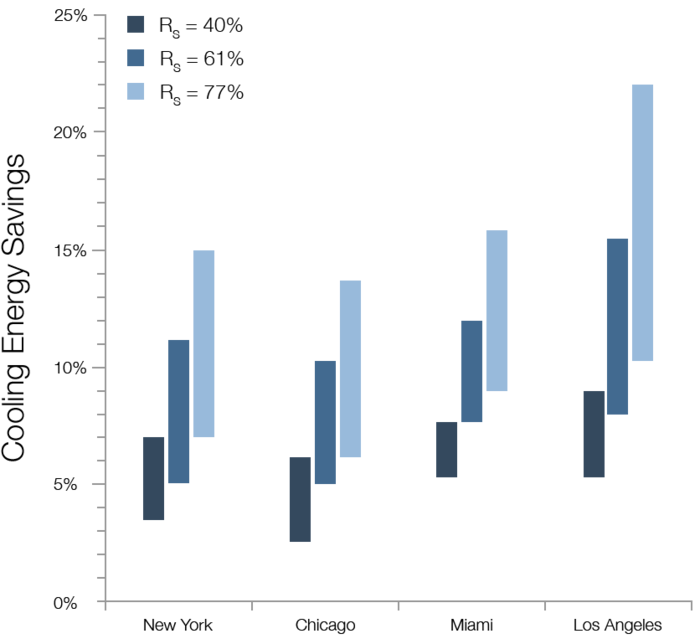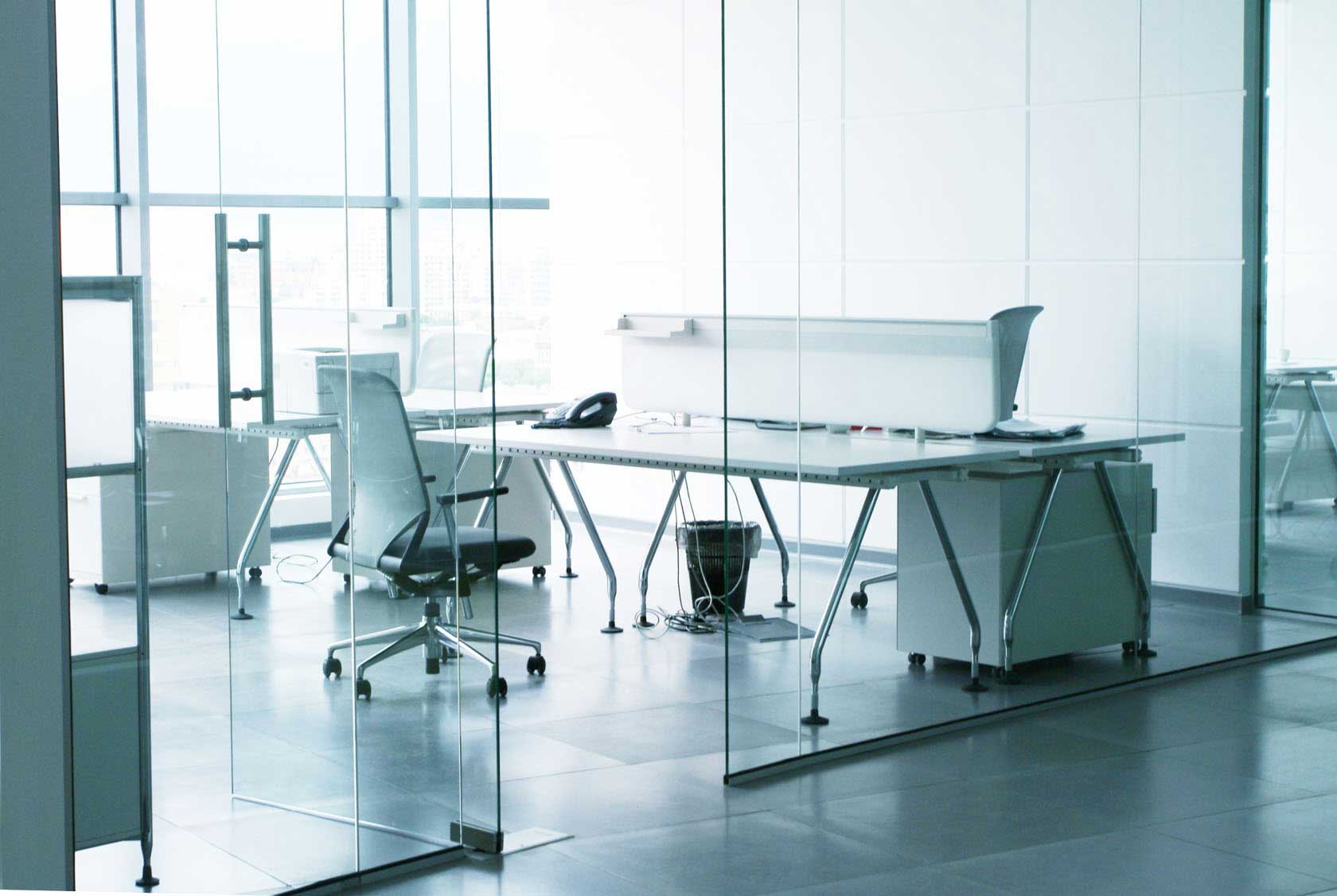
Glare is the visual discomfort or disability from an intense light source or surface. The most common glare sources for daylight include:
- Direct view of the sun (sun orb)
- Direct sun reflectance (i.e. from adjacent buildings, etc.)
- Intense daylight transmitting throught the fabric
- Bright sky
Daylight glare can cause extreme detriment to occupants' visibility and long term comfort. Therefore, occupant productivity can be greatly decreased if glare is not properly controlled. *(Heschong Mahone group). In commercial buildings, the cost of occupants' salary and benefits is often 100x more expensive than total building energy cost.
Diffuse Glare - the perception of uncomfortable brightness caused by too much light in the field of view. When daylighting, diffuse glare is most commonly experienced when the sky is bright and the shades are open, or when a shade fabric has too high of a visible light transmittance (Tv) for the application.
Direct Glare - the perception of uncomfortable brightness caused by high contrast from a light source, such as the sun. When daylighting, direct glare is most commonly experienced when there is direct view of the sun orb and the fabric's openness factor is too high for the application.
Daylight Glare Probability (DGP) - estimates the likelihood that an average occupant would begin to experience glare from large diffuse daylight sources, like windows. This metric is the best means for estimating daylight glare, as it accounts for brightness, high contrast, light level, as well as the size and position of glare source in the field of view. The following table provides typical perceived glare values based on DGP scores.
| DGP Value | Functional Area | Transitional/ Social Areas | Description |
| 50% | Critical | High | Many occupants will perceive significant discomfort |
| 45% | High | Medium | Some occupants will perceive significant discomfot |
| 40% | Medium | Low | Some occupants perceive moderate discomfort |
| 35% | Low | Low | Most occupants will perceive minimum to no discomfort |
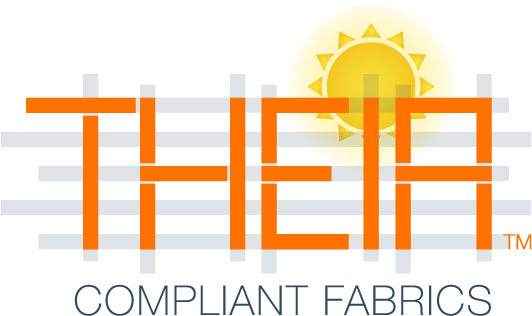


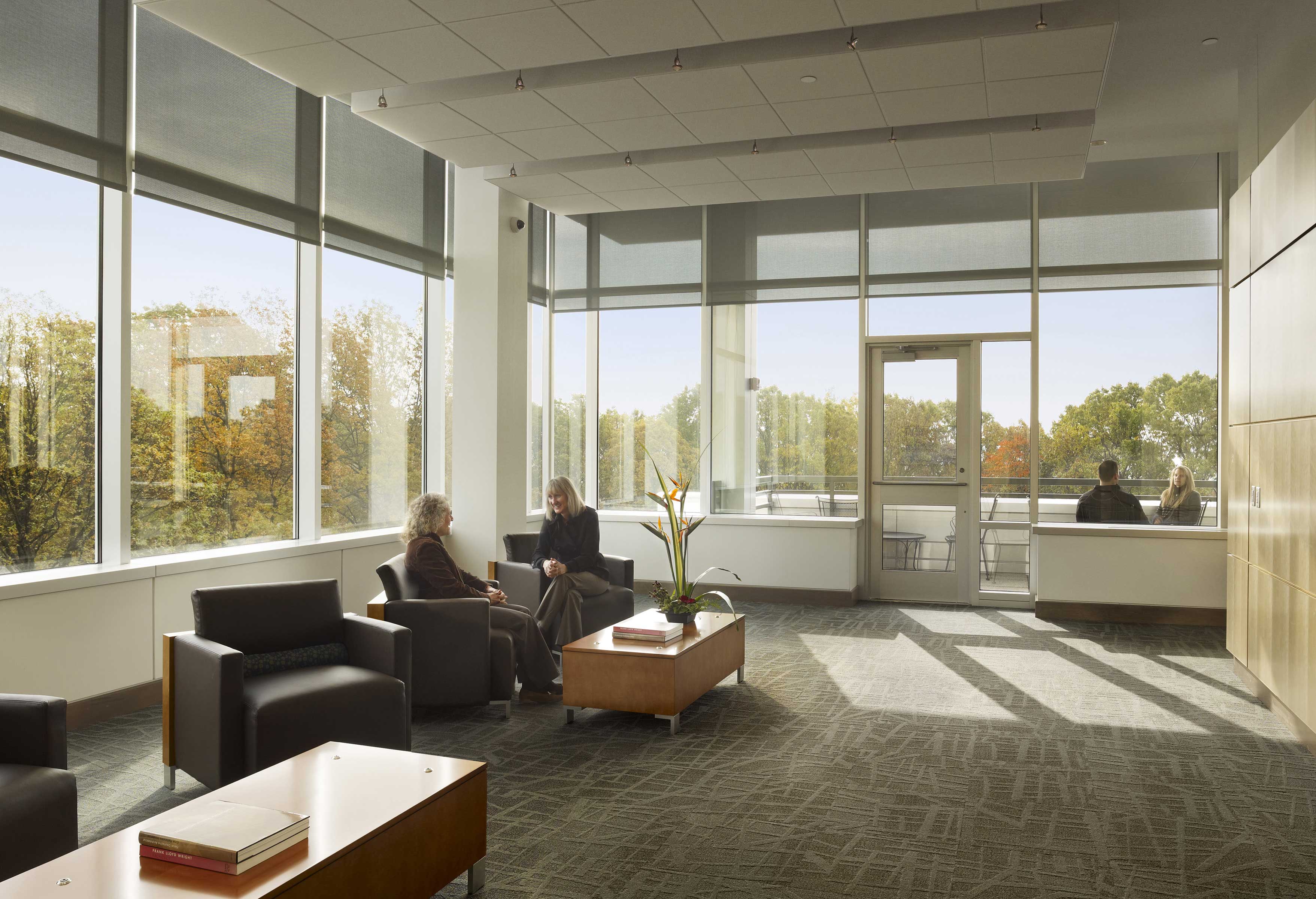 Photo © Halkin Photography
Photo © Halkin Photography